Water flossers have revolutionized oral care by providing a highly effective way to clean between teeth and along the gum line. However, some users experience unstable and intermittent water flow, which can hinder the effectiveness of the device and cause frustration. As a water flosser manufacturer, it’s important to understand the common causes of these issues and offer practical solutions for normal usage problems. In this blog, we’ll explore solutions for intermittent water flow problems and offer expert usage tips to ensure a seamless experience for your customers.
Before diving into solutions, it’s important to understand why intermittent water flow may occur. Several factors can cause this issue, including:
Clogged nozzle or tip: Over time, mineral deposits, food debris, or mold can clog the water jet, leading to a disrupted flow.
Air bubbles in the water tank: When the water tank isn’t completely filled or when the tank has air trapped inside, it can cause water flow to be inconsistent.
Weak water pressure: A decrease in the pressure from the water pump can cause a lower and intermittent water flow.
Improper assembly: If the water flosser is not assembled properly, the flow might not be consistent, especially if the hose or nozzle is loosely attached.
By identifying the root cause, we can move towards practical solutions for intermittent water flow problems.
Let’s explore the potential solutions for resolving unstable and intermittent water flow, ensuring your customers enjoy optimal performance from their water flossers:
Regular cleaning of the water flosser’s nozzle and tip is crucial for maintaining a steady flow. Here’s how to fix this issue:
Detach the tip from the handle and clean it thoroughly using warm water.
Use a small brush or toothpick to dislodge any debris that might be clogging the nozzle.
For mineral buildup, soak the tip in a vinegar-water solution for 15-20 minutes and rinse well before reattaching it.
Air bubbles in the tank are another common cause of inconsistent water flow. Follow these tips to avoid air pockets:
Ensure that the water tank is filled to the appropriate level—most models have a fill line to guide you.
Before starting, tilt the tank gently to release any trapped air.
Keep the tank upright during use to maintain a steady flow.
If the hose or nozzle isn’t tightly connected, the water flow may become irregular. Ensure that:
All parts are securely attached, and there are no visible cracks or damage in the tubing.
The water tank is properly seated to prevent leaks.
The hose is free from kinks that might restrict the water flow.
To ensure a smooth and stable water flow during daily use, we recommend the following usage tips:
Use the correct water temperature: Cold or hot water can affect the device’s performance. Use lukewarm water for the best results.
Follow a consistent filling routine: Avoid filling the water tank to the maximum or minimum levels. Follow the manufacturer’s recommended fill line for optimal pressure.
Store the water flosser properly: After each use, drain the remaining water and store the device in a dry, cool place to prevent mold buildup or water retention.
By providing these usage tips, users will experience consistent performance and maintain the long-term reliability of their water flossers.
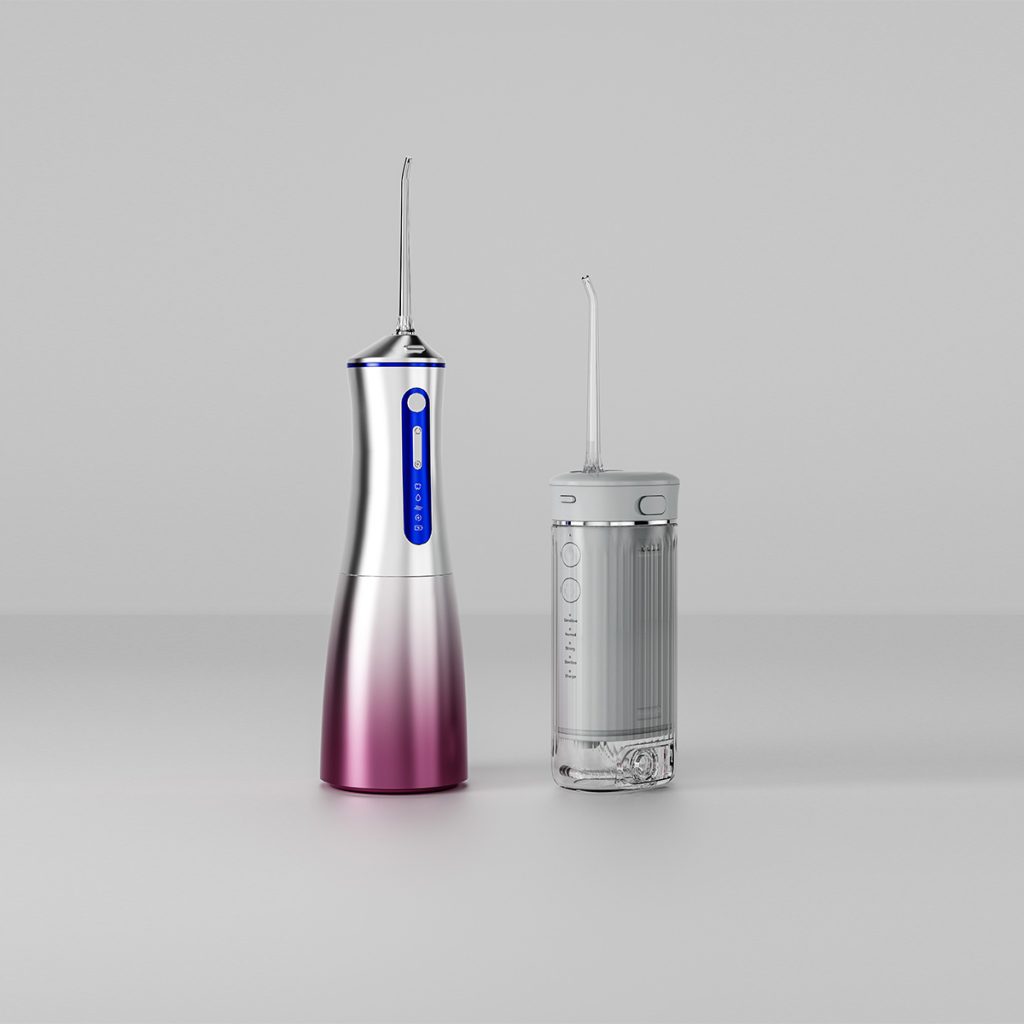
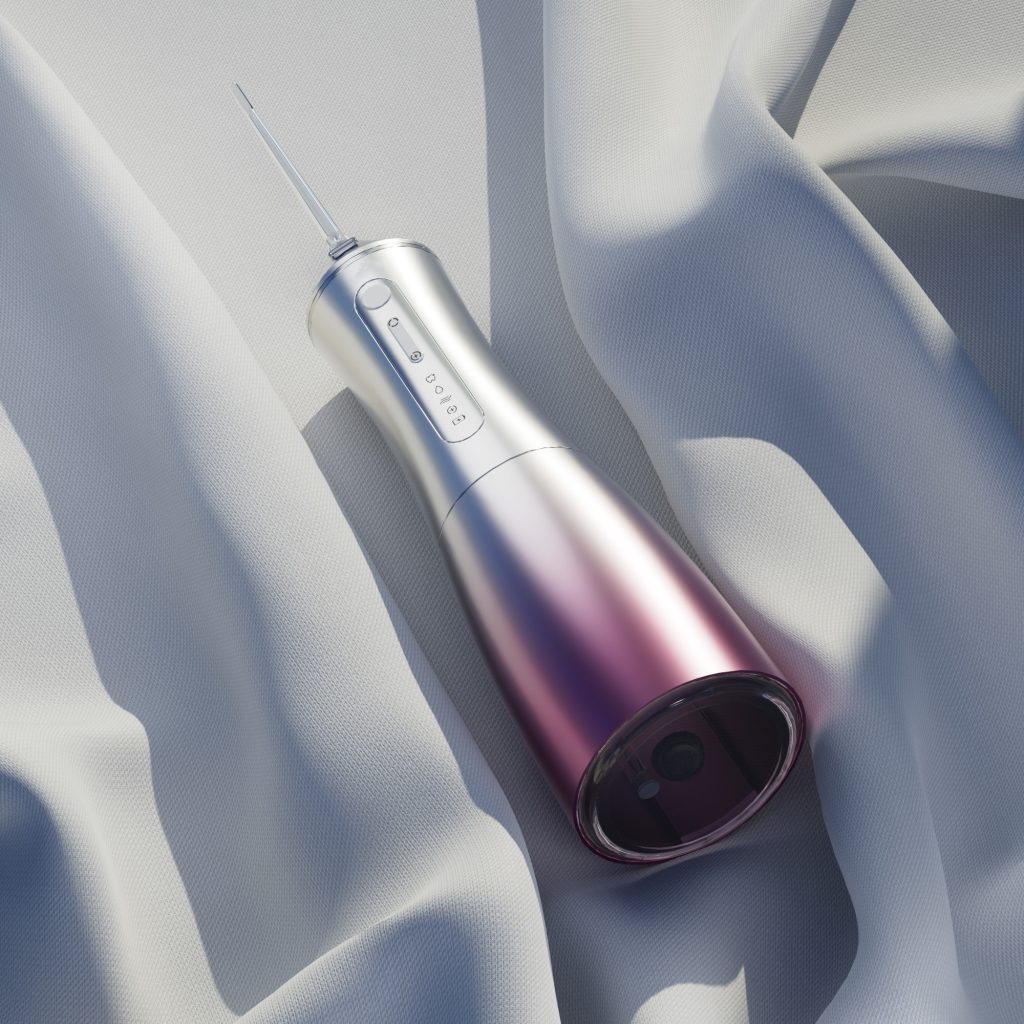
Even after performing routine maintenance, users may still experience issues with unstable and intermittent water flow. Here’s a troubleshooting guide:
Nozzle Clogs: If cleaning the nozzle doesn’t fix the issue, replace the tip with a new one.
Weak Water Pressure: Check the pump system and, if necessary, contact the manufacturer for a replacement if the pump is malfunctioning.
Air in the System: If the water flosser is still producing erratic flow after ensuring the tank is filled correctly, try running water through the system without the tip to clear any air bubbles.
For persistent problems, users should contact customer support or consult the user manual for further troubleshooting steps.
An unstable and intermittent water flow in a water flosser can disrupt the user experience and reduce the effectiveness of the device. However, with the right maintenance and troubleshooting techniques, most issues can be resolved quickly. As a water flosser manufacturer, offering clear instructions on solutions for normal usage problems and providing expert usage tips will help your customers enjoy reliable, consistent performance.
By ensuring your devices are easy to maintain and troubleshoot, you can enhance customer satisfaction and build long-term loyalty.
Need more advice or have a technical issue? Contact our support team for expert assistance with solutions for intermittent water flow problems and best practices for ensuring your product performs at its best.
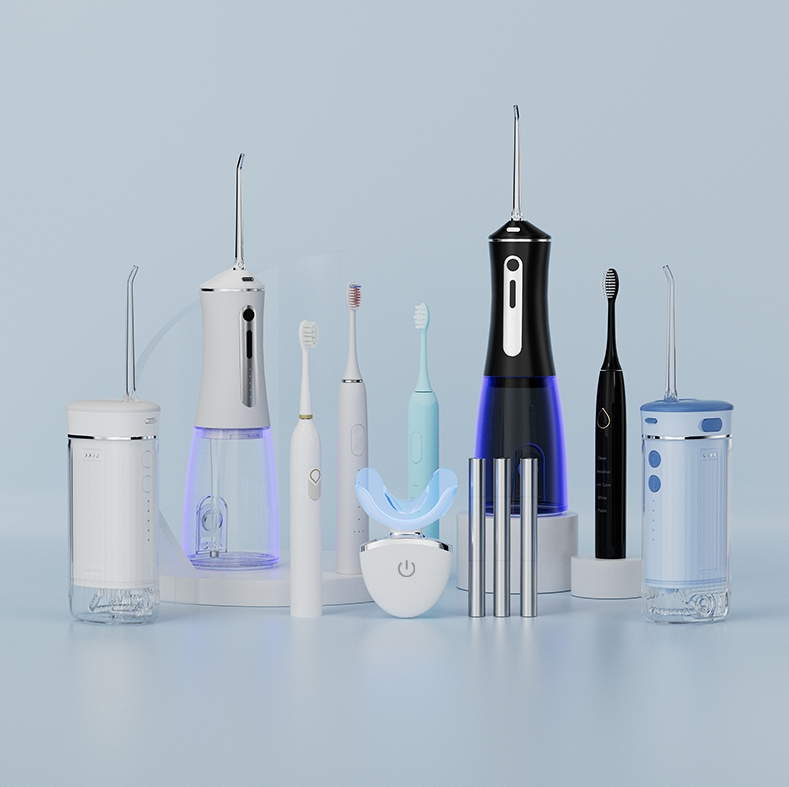
How Can Oral Care Products Achieve Both Compliance and Good Appearance?
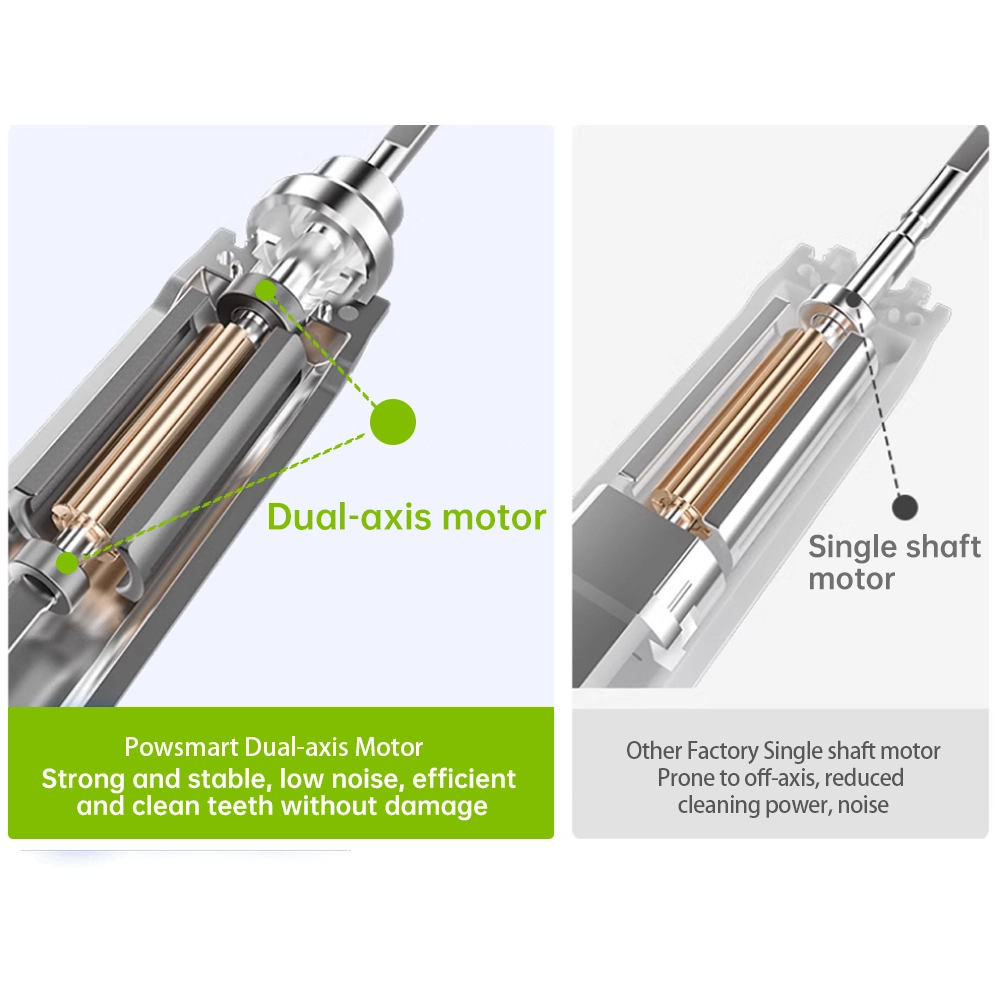
The Core Component of an Electric Toothbrush – electric Motors

Need a Reliable B2B Supplier for Portable Water Flosser Products?
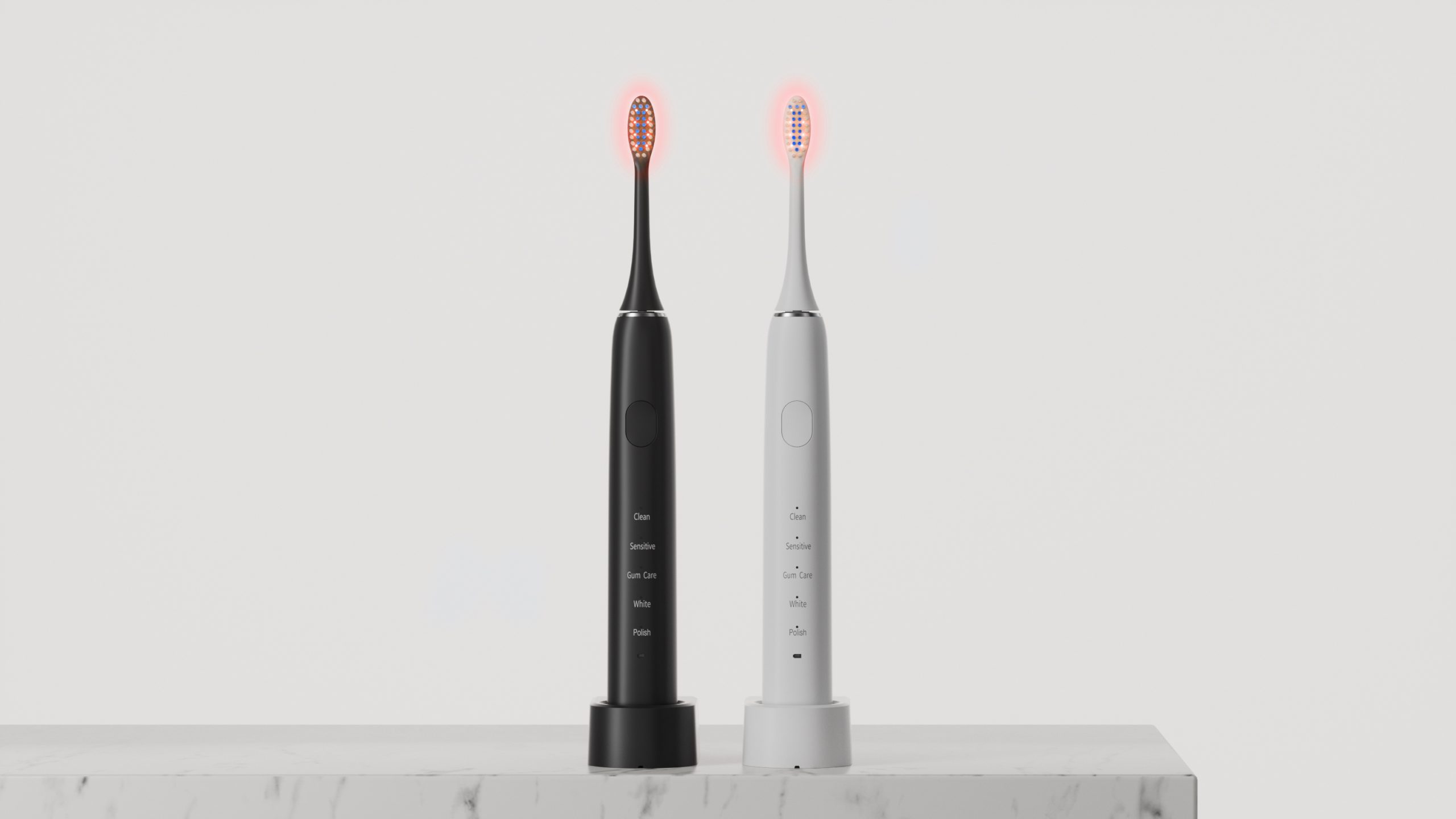
The Science of Light: How Red & Blue LED Technology Enhances Modern Oral Care
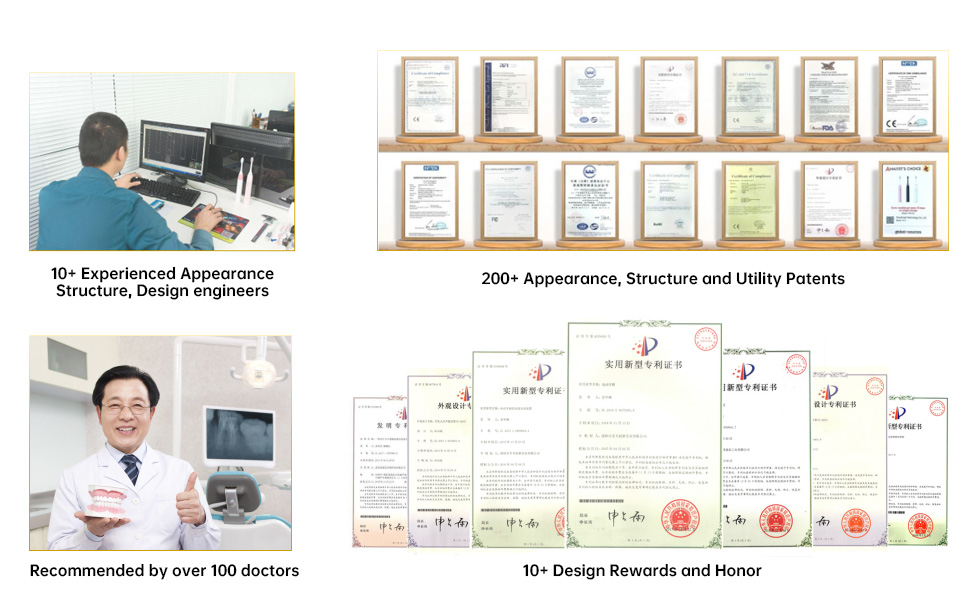
Does Wireless Charging Toothbrush IPX7 Release Material Toxicity?
.jpg)
How to support dental charity? Free clinics in Kirkland

Custom Logo Electric Toothbrush Vendor: Private Label Solutions
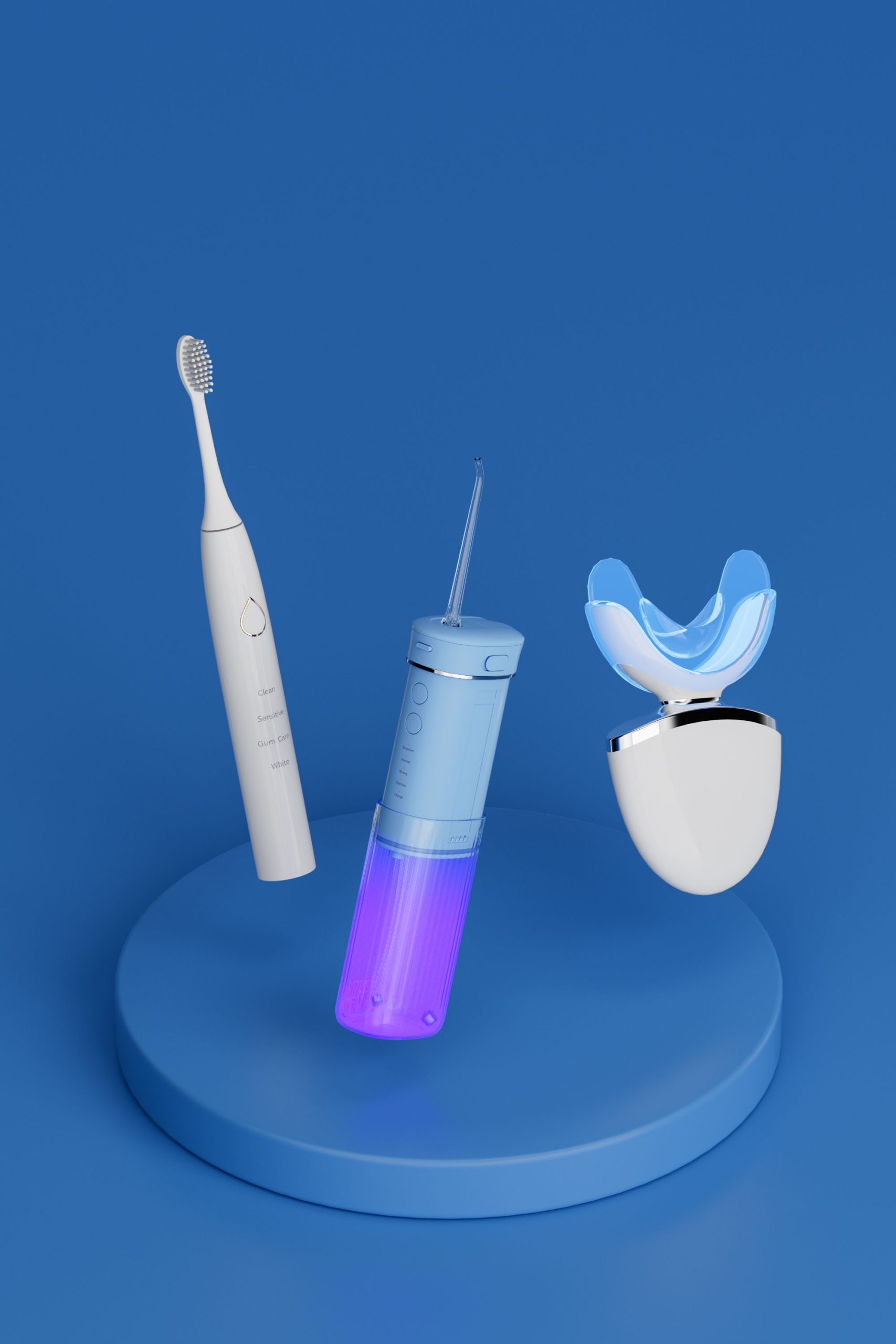
Are Electric Toothbrushes a Good Investment?
Biodegradable Electric Toothbrush OEM | Eco-Friendly Oral Care Manufacturing
Light Burns Cause Bite Misalignment? Whitener Safety Controversy!
Best Electric Toothbrush for Family Diwali Gift | Powsmart
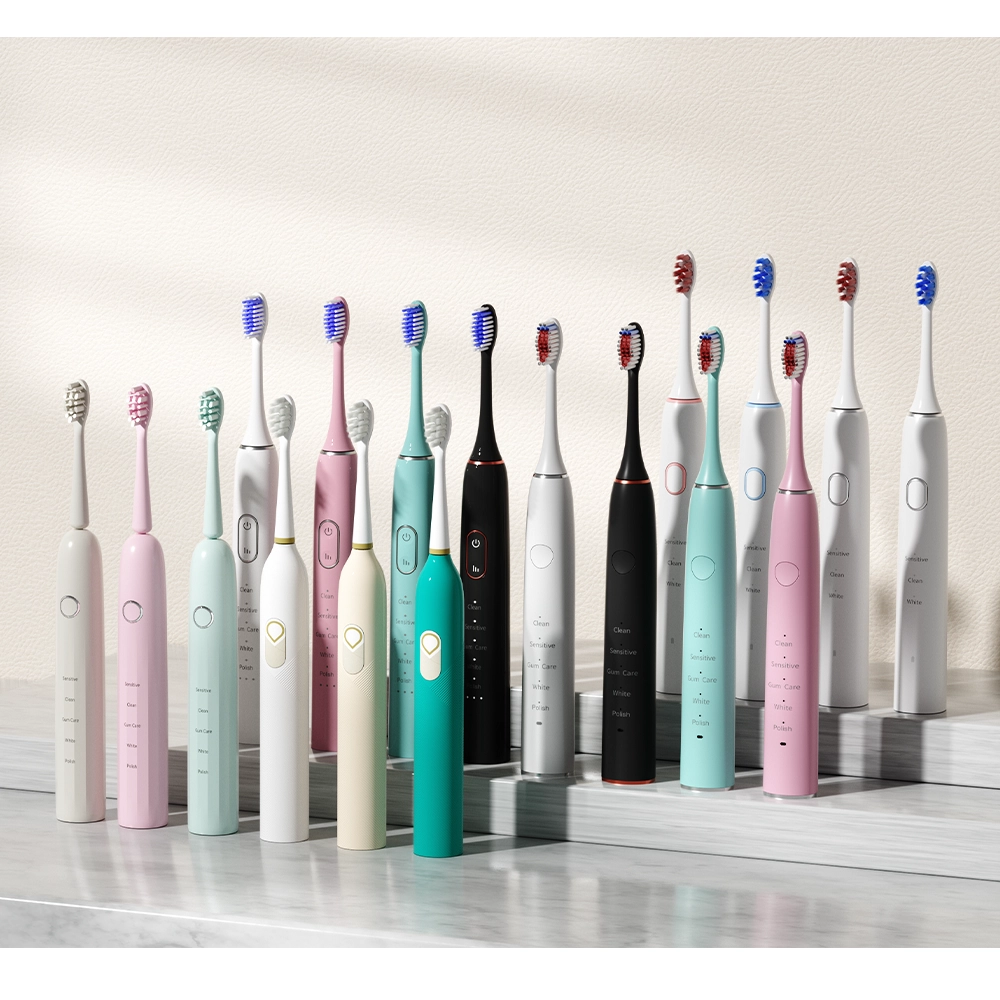
Innovation and environmentally friendly production practices in electric toothbrush factories
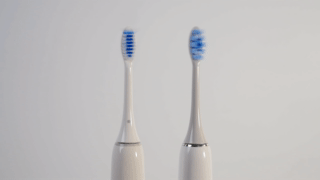
How to Use and Precautions for Electric Toothbrush
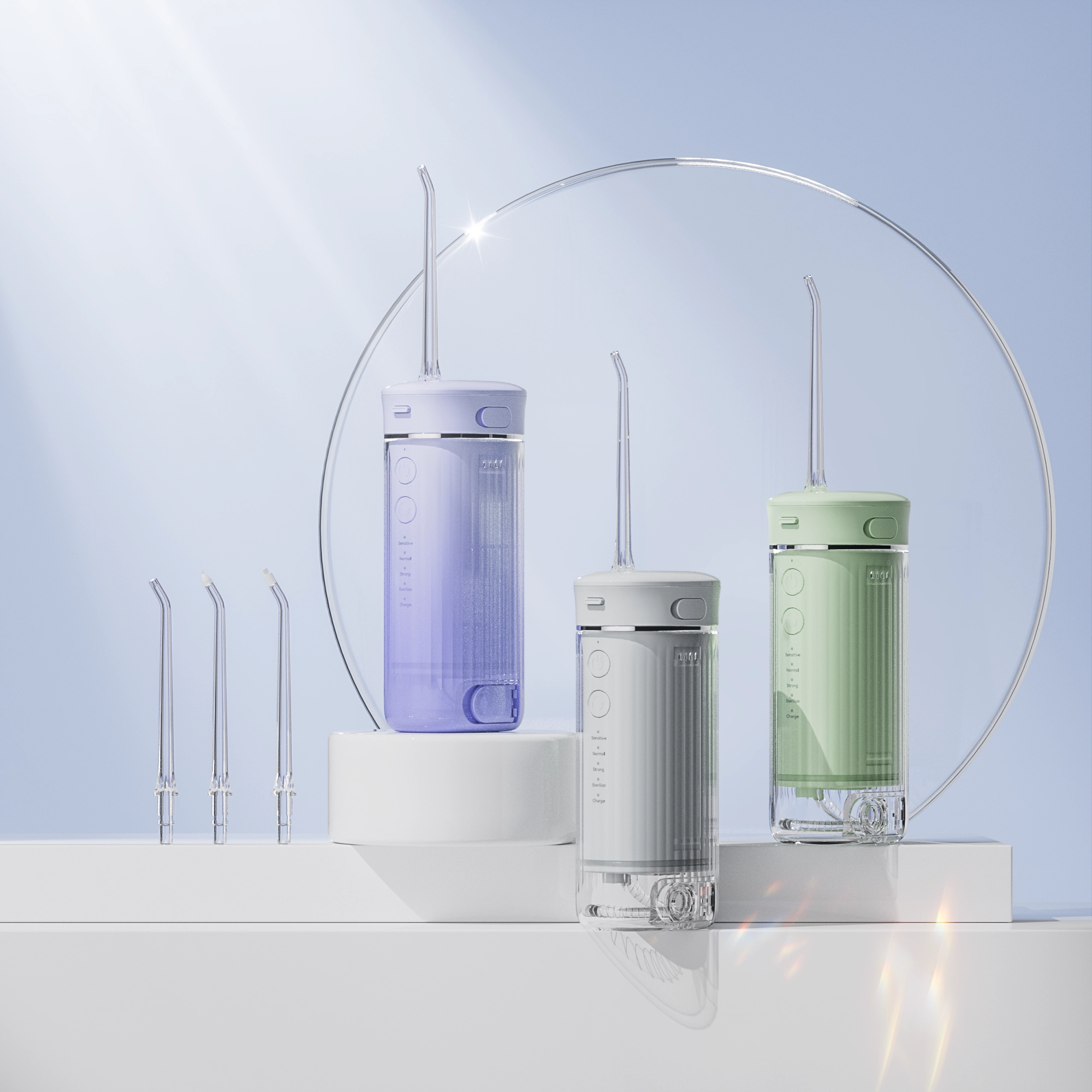
Does Using a Water Flosser Mean You Don’t Need to Brush Your Teeth?

Market Trends and Competitiveness of Electric Toothbrushes
Travel Toothbrush with UV Sterilizer Wholesale | OEM Bulk Amenity Solutions

Customization Teeth Whitening Gel

electric toothbrush heads Charcoal Infuse-Round

electric toothbrush heads Ultra Soft

electric toothbrush heads Regular Clean
.jpg)
Florida Electric Toothbrush – Powsmart PTR-C8

Private Label Whitening Gel

Electric toothbrush heads Charcoal Infused-Diamond

electric toothbrush heads Deep Clean
whstapp
whstapp
National Toll-Free Service Hotline
+86 755 86238638